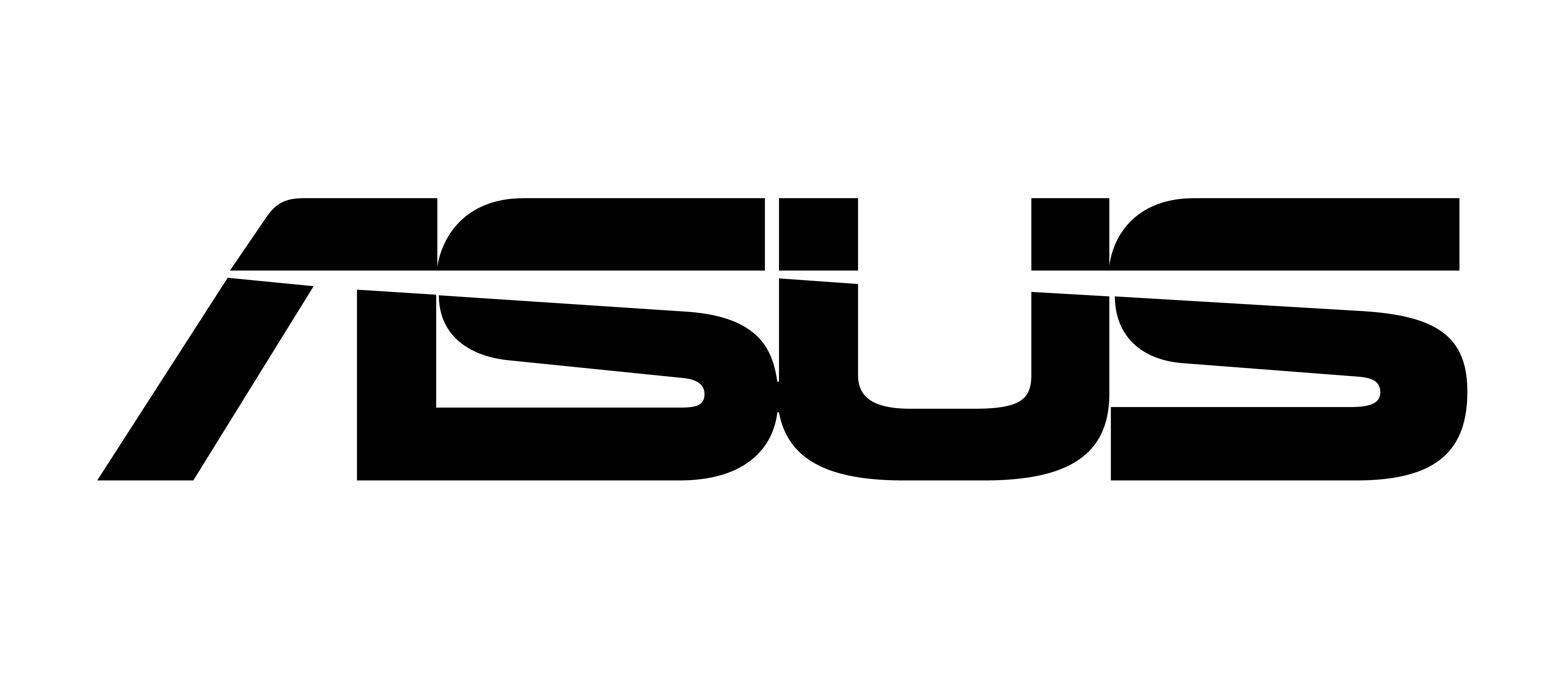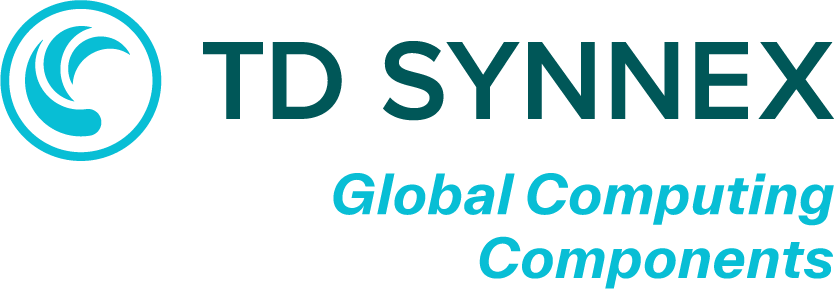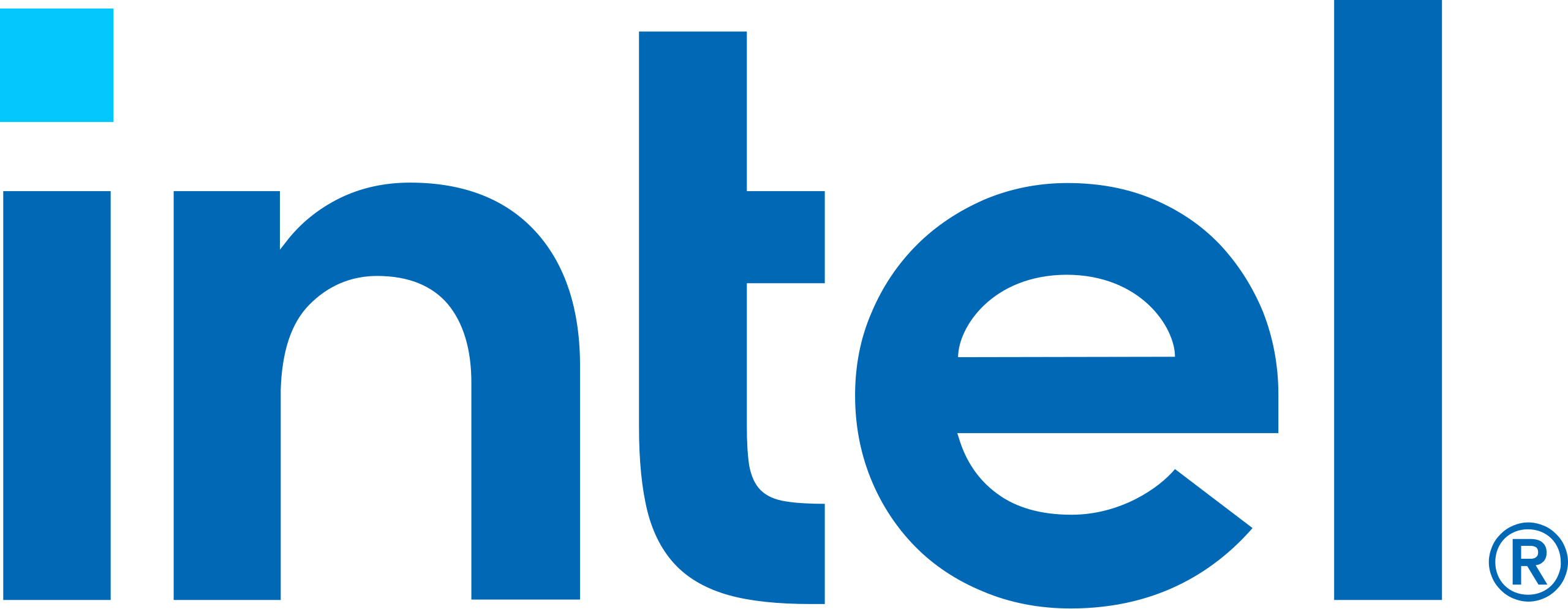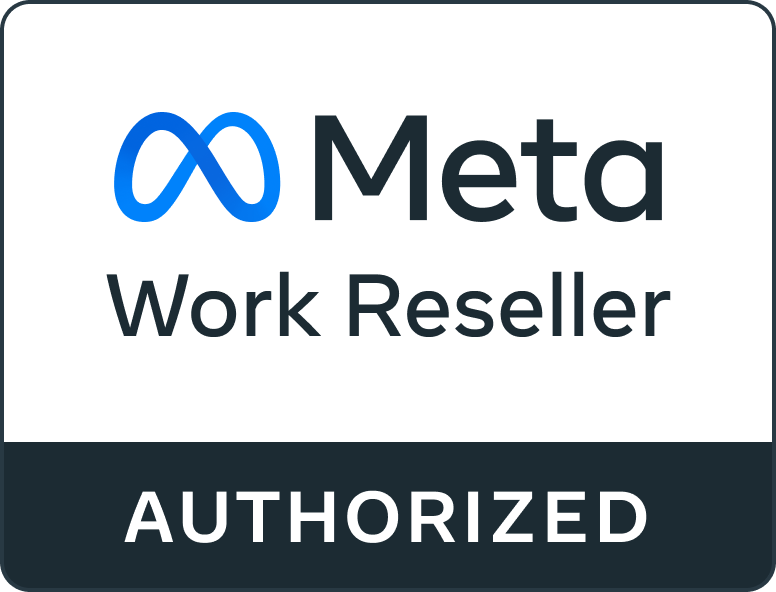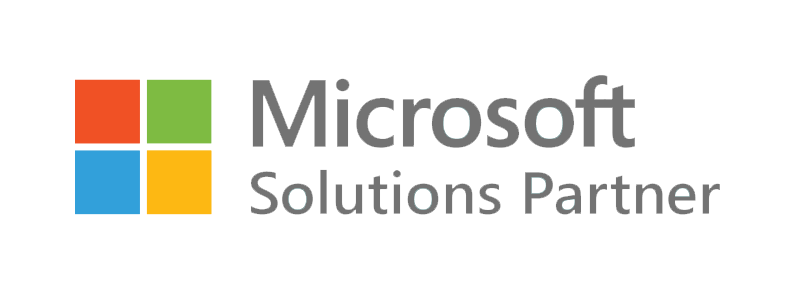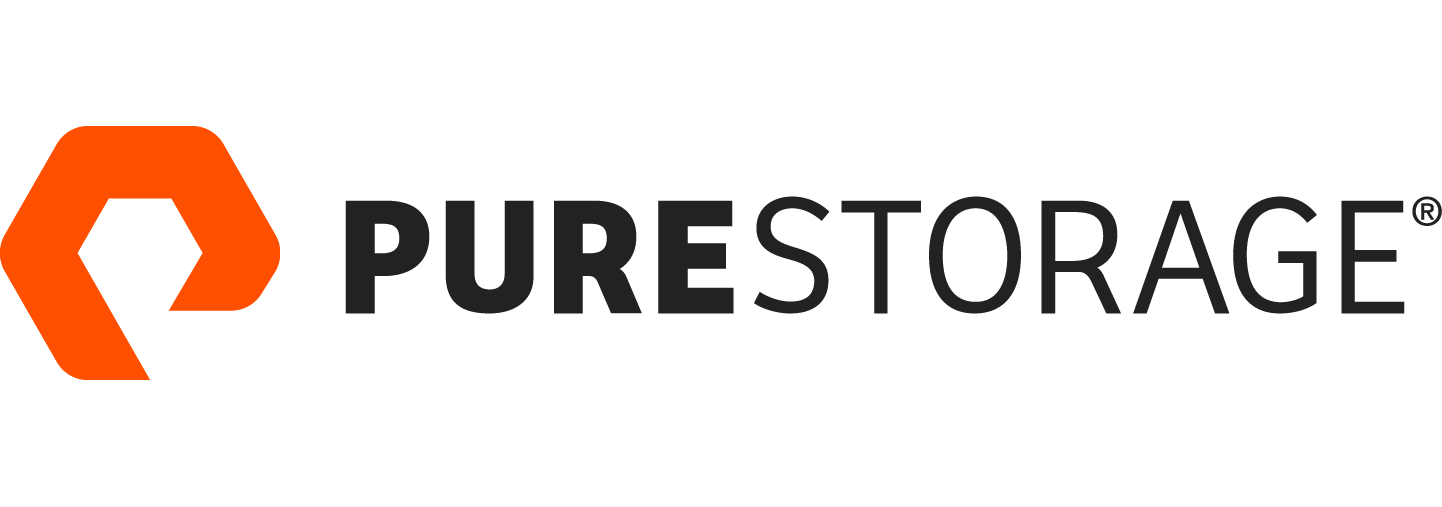Just like CSR, the implementation of DEI within a business is morally the right thing to do. It’s impossible to argue against a level playing field where all individuals can succeed in business without having to look, act or think a certain way. The advancement of society is most complete when the talents of all the individuals within it are allowed to flourish. A less inclusive business environment is likely to place more of a demand on the public purse to support those that do not fit the corporate mould.
The 2021 UK Census asked a voluntary question “Is the gender you identify with the same as your sex registered at birth?”. 93.5% of people responded yes, 0.5% no and 6% didn’t answer(2). A OnePoll survey of 2,036 people that found 23% of Generation Z adults in the UK are now identifying with genderless pronouns (e.g. they/them). This is not just a UK phenomena, the Canadian census showed a very similar 0.5% identifying as non-binary or trans-gender. Generation Z Canadians, aged 17 to 24 years, were seven times more likely to identify as trans or non-binary than those in the oldest generation, aged 76 years and older (3). It is looking like Generation Alpha are even more likely to question their gender identity and use gender-neutral pronouns(4).


